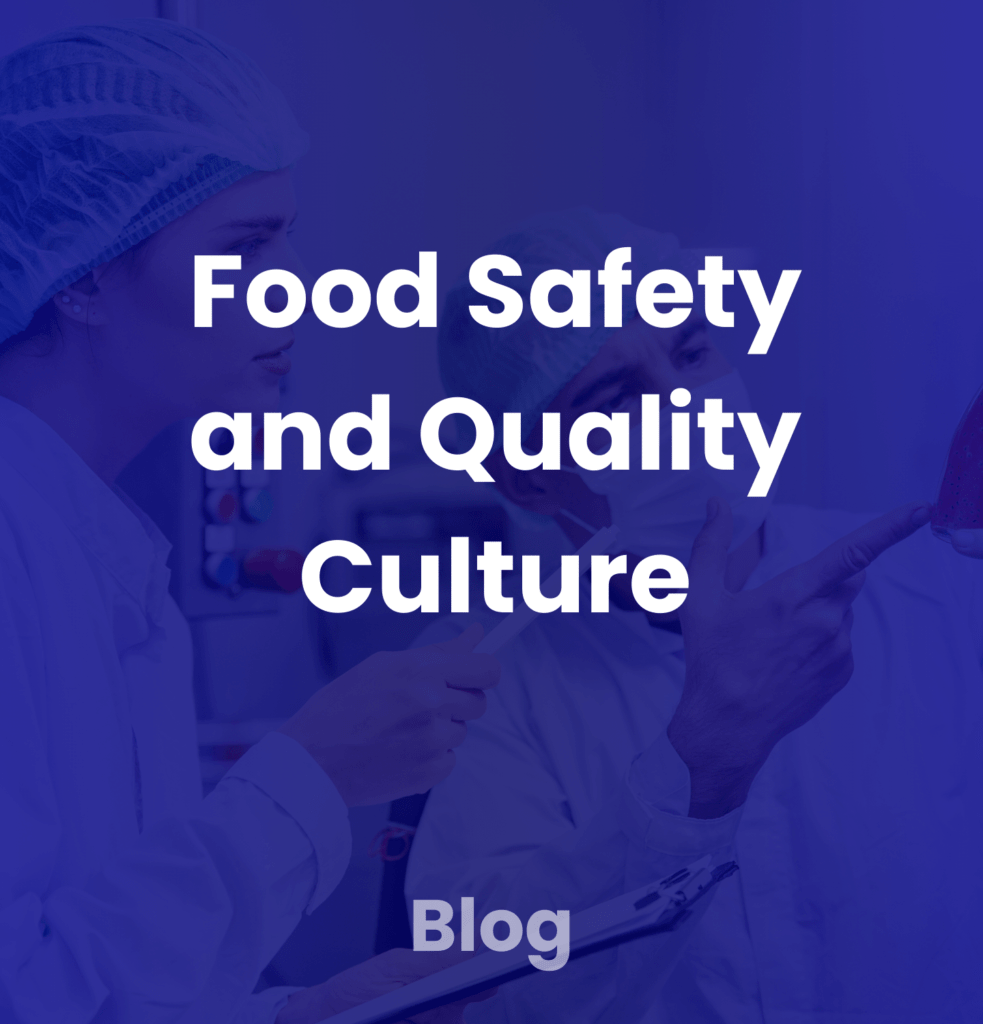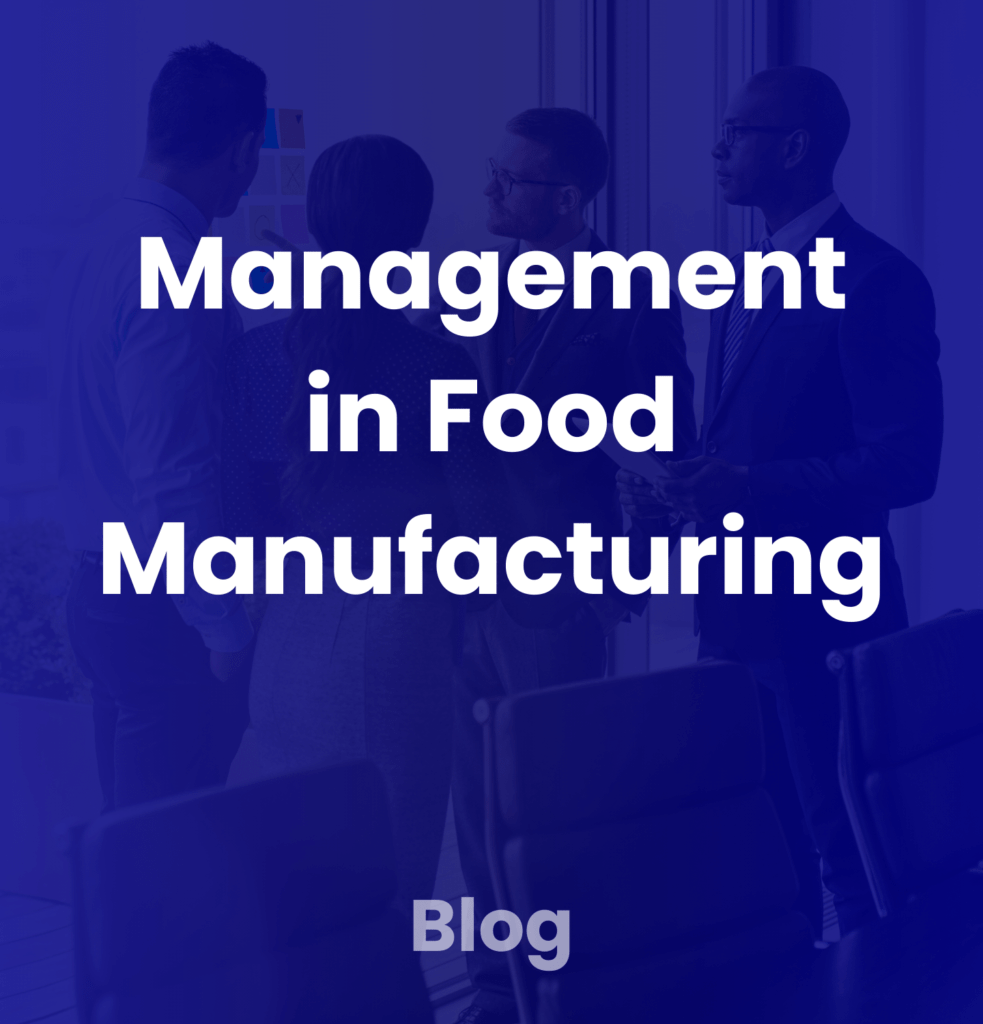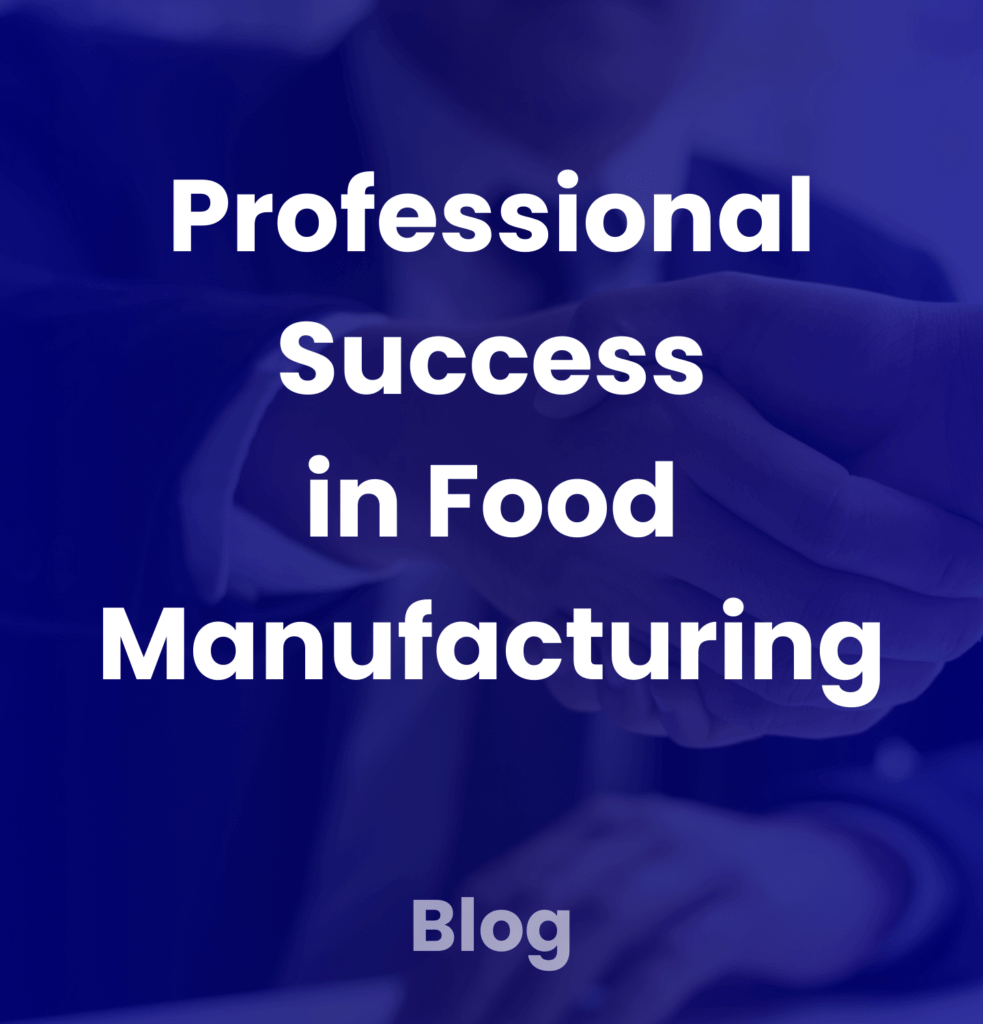
Sector-Specific Information
The Food Industry Hub knowledge centre delivers a wide range of sector-specific information for food industry professionals.
The below is one topic from our knowledge centre. You can return to all topics by clicking here.
Microorganisms (Spoilage and Pathogenic)
Definition
Microorganisms are microscopic organisms that exist everywhere, including in and around food production environments. In food manufacturing, microorganisms play dual detimental roles: they can either be spoilage agents, leading to product degradation, or pathogenic agents, causing foodborne illness. These microorganisms include bacteria, yeasts, moulds, and viruses, each with distinct characteristics and effects on food safety and quality.
Microorganisms can also play a beneficial or constructive role in food processing – contributing to steps such as fermentation or proving. On this page, we will just be looking at spoilage or pathogenic microorganisms.
Spoilage microorganisms are those that cause the degradation of food, making it unappealing to consume. Spoilage typically manifests in changes such as off-flavours, unpleasant odours, colour alterations, and textural changes, but it generally doesn’t result in serious health risks if consumed. Pathogenic microorganisms, on the other hand, are capable of causing illness or disease when consumed. The primary concern in food safety is preventing the growth or contamination of food products by these harmful microorganisms.
Practical Application
Understanding the roles of spoilage and pathogenic microorganisms is crucial for food safety and quality management in manufacturing. By controlling microbial contamination through effective hygiene practices, temperature management, and preservation techniques, manufacturers can mitigate the risks posed by both spoilage and pathogenic microorganisms.
Spoilage Microorganisms
Spoilage microorganisms, while not typically harmful to health, affect the sensory properties of food. Common spoilage organisms include bacteria such as Pseudomonas species, yeasts like Saccharomyces cerevisiae, and moulds such as Penicillium species. These microorganisms are often present on raw ingredients or in the production environment, and when conditions are favourable (e.g., moisture, warmth, and oxygen), they proliferate, leading to spoilage.
The presence of spoilage microorganisms is particularly problematic in perishable foods like dairy products and fruits, where microbial growth can lead to rapid deterioration. In some cases, spoilage may result in the production of gases (such as carbon dioxide) that lead to bulging packaging, or the formation of slime, discolouration, and unpleasant odours. Manufacturers employ several strategies to control spoilage microorganisms, including:
- Temperature control: Refrigeration or freezing slows down microbial growth.
- Preservatives: Chemicals such as sodium benzoate or calcium propionate can inhibit the growth of spoilage organisms.
- Modified Atmosphere Packaging (MAP): This technique replaces the oxygen in food packaging with gases like nitrogen or carbon dioxide, which inhibit the growth of spoilage microorganisms.
Pathogenic Microorganisms
Pathogenic microorganisms are those that can cause foodborne illnesses when ingested. These microorganisms are the primary concern in food safety systems and regulatory frameworks. Pathogens such as Salmonella, Escherichia coli (particularly E. coli O157:H7), Listeria monocytogenes, and Campylobacter are common in foodborne illness outbreaks.
Foodborne illness caused by pathogenic microorganisms can range from mild gastrointestinal discomfort to severe conditions like food poisoning, sepsis, or even death. Vulnerable populations, such as the elderly, pregnant women, children, and immunocompromised individuals, are particularly at risk.
Key strategies for controlling pathogenic microorganisms include:
- Good Hygiene Practices (GHPs): Proper handwashing, sanitising surfaces, and preventing cross-contamination are fundamental practices in reducing pathogen spread.
- HACCP (Hazard Analysis and Critical Control Points): This risk-based system is widely used in food manufacturing to identify critical points in the production process where pathogenic contamination can be controlled or eliminated.
- Thermal treatments: Pasteurisation, cooking, and sterilisation are effective methods for killing or inactivating pathogens.
- Rapid detection techniques: PCR (Polymerase Chain Reaction) and ELISA (Enzyme-Linked Immunosorbent Assay) are among the modern methods for detecting pathogens quickly in food products and production environments.
Related Concepts
Several key concepts are related to microorganisms in food manufacturing, particularly when it comes to their roles in food safety and quality management.
- Foodborne Illness (FBI): Refers to diseases or infections caused by pathogenic microorganisms in contaminated food. Common symptoms include vomiting, diarrhoea, and abdominal cramps.
- HACCP: Hazard Analysis and Critical Control Points is an essential food safety management system that focuses on the identification and control of foodborne hazards at critical stages of production. Pathogenic microorganisms are a key focus of HACCP plans.
- Food Spoilage vs. Food Safety Risks: While spoilage microorganisms typically cause products to lose quality (e.g., bad taste or texture), they do not usually result in foodborne illness. In contrast, pathogenic microorganisms cause safety risks and pose a direct threat to consumer health.
- Microbiological Testing: Routine microbiological testing, including tests for total plate count (TPC), coliforms, and specific pathogens, is essential for monitoring microbiological activity. These tests help manufacturers verify that their products are free from harmful microorganisms.
- Antimicrobial Resistance (AMR): The increasing resistance of pathogens to antibiotics is an emerging concern in food safety. Pathogens such as Salmonella and Campylobacter may acquire resistance to commonly used drugs, complicating treatment for infected individuals and increasing the need for preventive measures in food production.
Expert Insights
Controlling both spoilage and pathogenic microorganisms is not only a matter of following regulatory requirements but also ensuring that food products meet consumer expectations for safety and quality. The food manufacturing industry has made significant progress in understanding the factors that influence microbial growth, from pH levels to water activity, temperature, and nutrient availability.
One critical area of research is the development of natural preservatives and antimicrobial agents. As consumers demand clean labels and fewer synthetic additives, the use of natural preservatives is gaining attention for controlling microbial growth, both in terms of spoilage and pathogenicity.
Another exciting area of development is the use of advanced food safety technologies such as biosensors and nano-encapsulation for detecting or controlling microbial activity in food. These innovations are particularly useful for improving the speed, accuracy, and reliability of pathogen detection and control.
The role of the food safety culture within food production environments cannot be overstated. While technologies and systems such as HACCP and microbiological testing provide essential tools, human factors—such as staff adherence to cleaning protocols, temperature monitoring, and hygiene practices—are critical in preventing contamination from both spoilage and pathogenic microorganisms. A well-trained workforce, combined with robust quality management systems, can effectively mitigate the risks posed by harmful microorganisms.
Conclusion
Microorganisms, whether spoilage-causing or pathogenic, present significant challenges in food manufacturing. While spoilage microorganisms typically affect food quality, pathogens pose a direct risk to consumer health. By understanding the nature of these microorganisms and implementing effective control measures, food manufacturers can safeguard both the safety and quality of their products. This requires a combination of rigorous hygiene protocols, food safety management systems like HACCP, temperature control, testing, and innovations in antimicrobial technologies. By continually improving their approach to microbiological risk management, manufacturers can mitigate the risks associated with both spoilage and pathogenic microorganisms and deliver safe, high-quality food products to consumers.
Food Industry Hub Management Systems simplifies complex quality and compliance management, so you can remain audit-ready and confident every day.
About The Food Industry Hub Knowledge Centre
The Food Industry Hub knowledge centre delivers informative content on a variety of topics pertinent to the food manufacturing industry.
You can return to all topics by clicking here.
We regularly produce new content for food industry professionals, and the Food Industry Hub Mail Service is the best way to stay up to date with the latest additions.
Signup today to be added to the Food Industry Hub mailing list.










